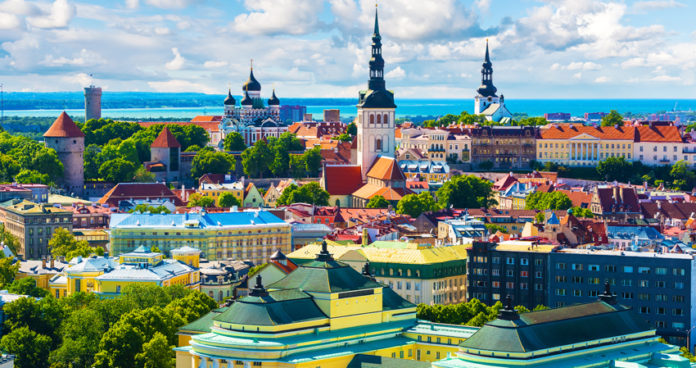XABIER LAKARRA BEROITZ.
Abstract:
Our collaborator Xabier Lakarra raises here the issue of two opposing linguistic models, Estonia and Ireland, or as he puts it, a model (Estonia) and an anti-model (Ireland).
Estonia gained independence from the Soviet Union in 1991. At that moment, a third of the population spoke Russian, with no command of Estonian. However, that did not stop the new republic from declaring Estonian its only official language.
Estonia underwent an intense denationalization process during the communist regime. Besides putting to death by fire squad thousands of Estonians, the genocide Stalin sent over hundreds of thousands of Russians to Estonia, in the way all imperialists do, aiming to stamp out Estonian language and culture. Many Russians flowing into Estonia, and their descendants, were reluctant to learn Estonian. Not only did they avoid integration into their new home, but also they now vocally denounce the linguistic policies of the Estonian government, claiming they are “discriminatory”.
However, the linguistic policies of the Estonian authorities do not show an ethnic approach, but a national one. Any resident is eligible, regardless of their origin, to adopt the nationality, following a test that confirms their command of the Estonian language, since the language is not a means of “assimilation”, but integration, a way for social cohesion.
These policies lie miles away from those held in Ireland. Since it gained independence almost one hundred years ago, it has shown a conspicuous inability to stop sociolinguistic attrition; in 1922, when it gained independence, a 15% of the Irish people had Irish language as their mother tongue, as compared to present-day’s 2%. From a sociolinguistic point of view, Ireland is a failed state.
Dublin governments have always seen the language essentially as a folkloric issue. While initially everyone supports Irish, Ireland has bore witness to linguistic neglect and a virtually exclusive use of English.
The 1937 constitution openly embraced English, at the same time dedicating beautiful words to Irish; language has never been, as opposed to Estonian, a defining feature of the Iris, but religion.
Therefore, notwithstanding our differences, the linguistic model of the Basque Republic should rather follow the Estonian model, not the Irish one. We should very much distinguish what both our models and anti-models are.







